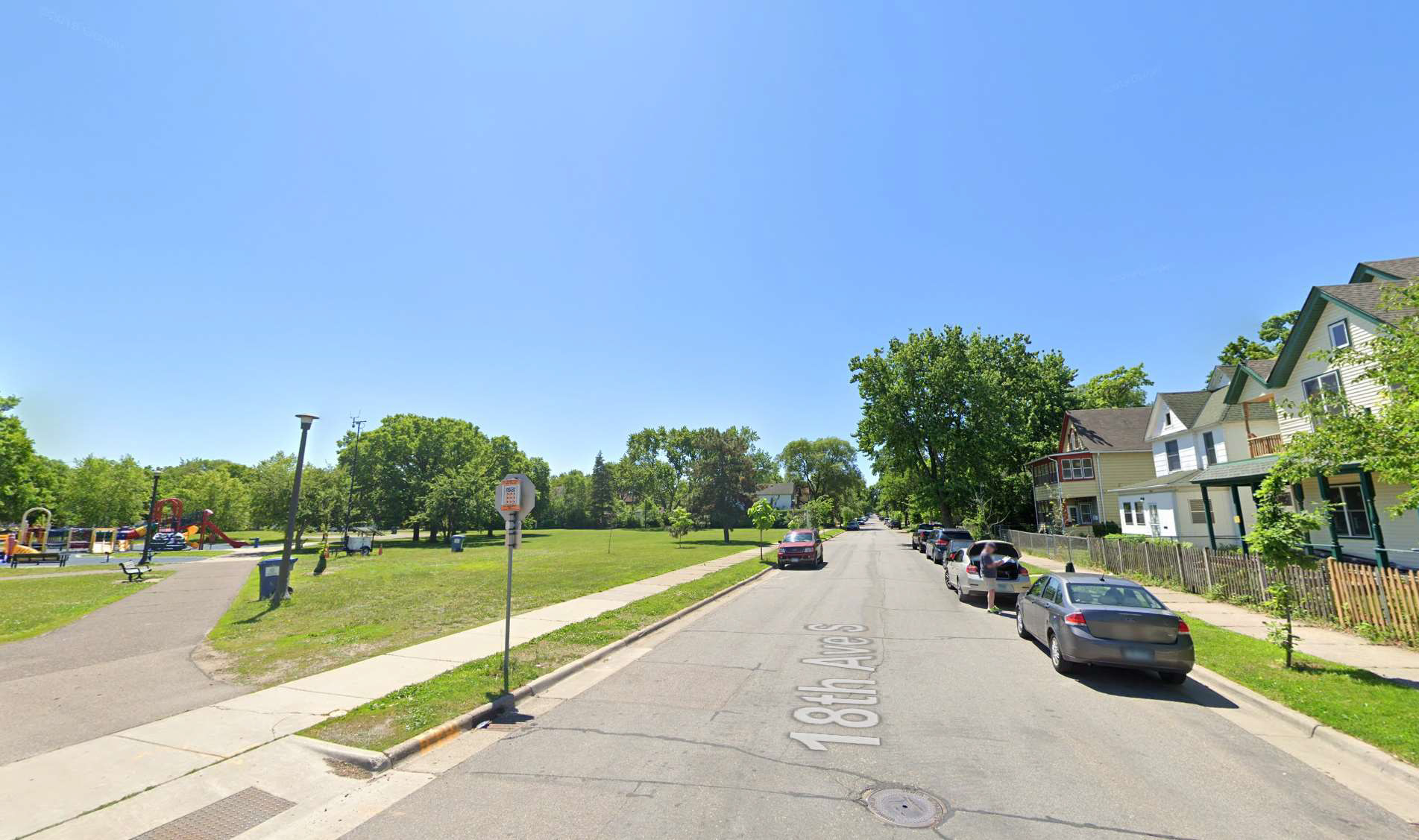Both Hartford, CT and Minneapolis, MN have very high levels of overall neighborhood opportunity, among the highest in the country. However, these metros are very different in the extent to which this high overall opportunity helps lift up their lower opportunity neighborhoods.
A child living in a typical very low-opportunity neighborhood in Hartford experiences worse conditions than 91% of U.S. children. A child in a very low-opportunity neighborhood in Minneapolis experiences worse conditions than 68% of U.S. children. What does this mean for an individual child?
Economic security
In Hartford, a child in a very low-opportunity neighborhoods experiences a community with high economic vulnerability.
- In her neighborhood’s public schools, 86% of students need free or reduced-price lunch.
- In a similar neighborhood in Minneapolis only 69% of children do.
Attending schools with a high proportion of low-income students is linked to lower educational achievement.
Neighborhood physical conditions
Neighborhood physical conditions are also worse in in a very low-opportunity neighborhood in Hartford than in Minneapolis.
- In a typical Hartford very low-opportunity neighborhood like the one shown on the right, only 22% of families own their home and 13% of housing units are vacant. A high proportion of vacant housing units increases the risk of fires, neighborhood crime and drug use, lowering property values and reducing household wealth. This makes families and the community even more economically vulnerable.
- In contrast, in Minneapolis, 45% of families own their home and only 6% of housing units are vacant.
Hartford’s very low-opportunity neighborhoods are also less walkable, which means that a child may have fewer opportunities for physical activity and to develop social connections.
- According to the EPA Walkability Index, which ranges from 1 (least walkable) to 20 (most walkable), the neighborhood of the Hartford child score is 7.6.
- That score is much lower than the 13.5 score in the typical very low-opportunity Minneapolis neighborhood, like the one shown above.
While similar in their overall high opportunity, these two metros are very different in the conditions they offer to children living in their very low-opportunity neighborhoods. In Hartford, the wide gap between the highest and the lowest opportunity neighborhoods points to opportunity hoarding. In Minneapolis, the narrower gap between the highest and the lowest opportunity neighborhoods suggests that opportunity is shared.
This makes an important difference for children in very low-opportunity neighborhoods. The score for very low-opportunity neighborhoods in Hartford is only 9, some of the toughest neighborhood conditions for a child in the country. In contrast, the score for very low opportunity neighborhoods in Minneapolis is 32, which is still relatively low opportunity but represents considerably better neighborhood conditions than in Hartford.




